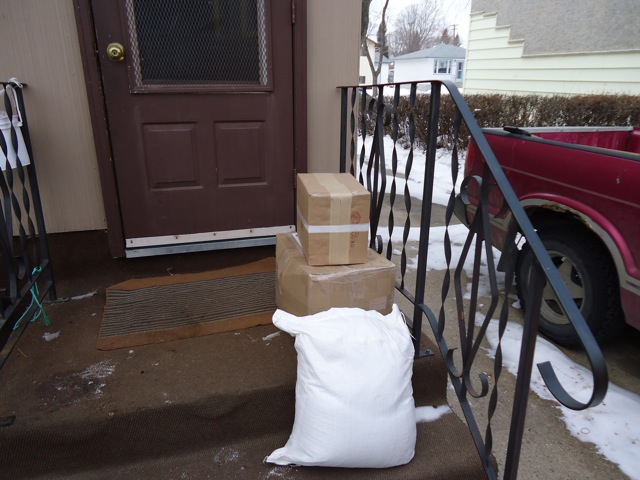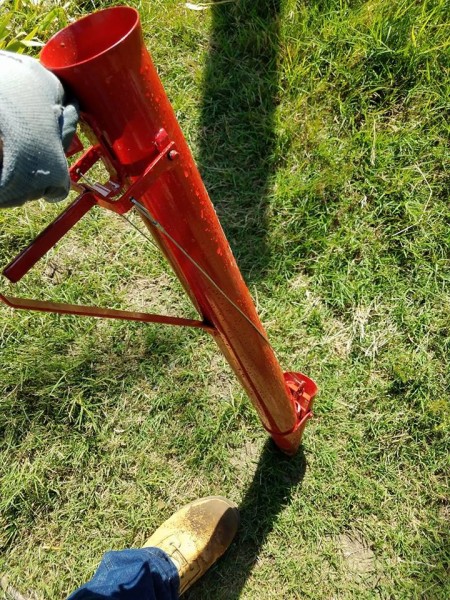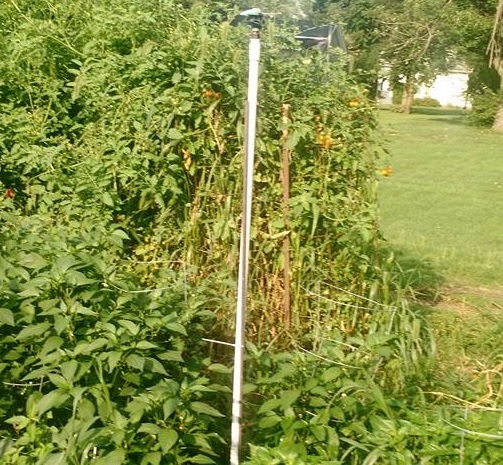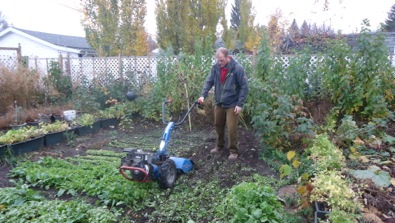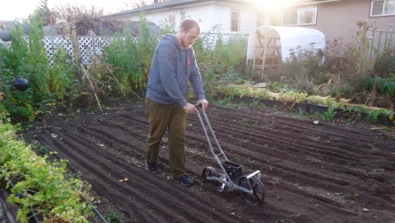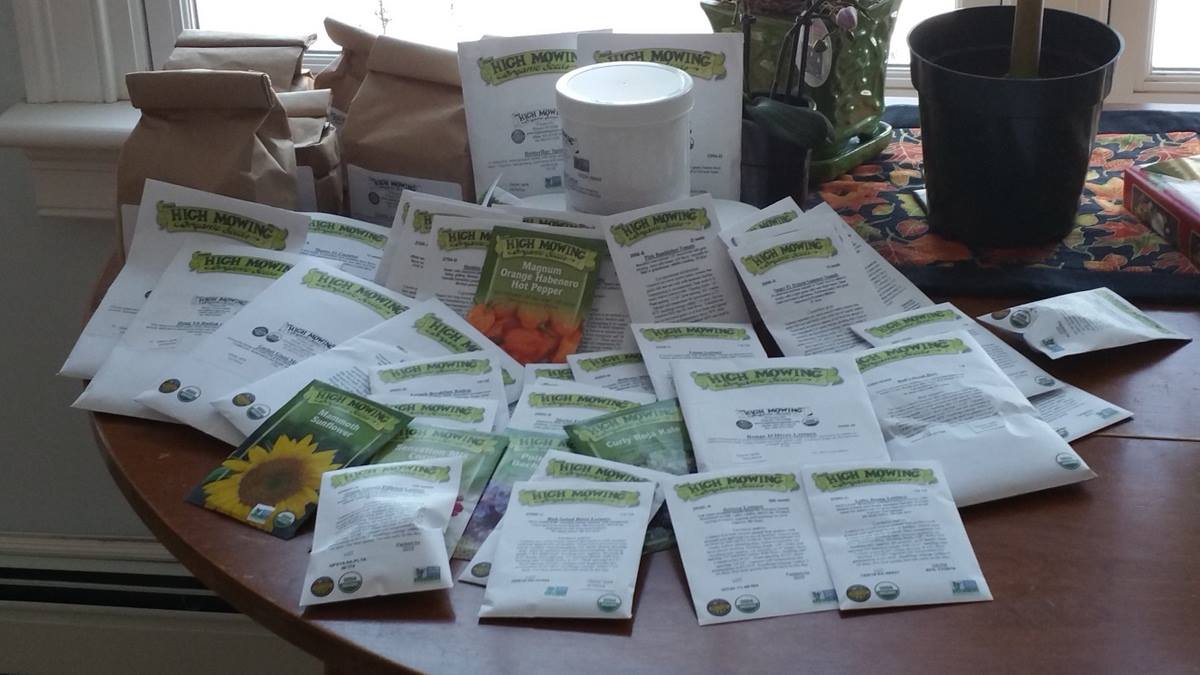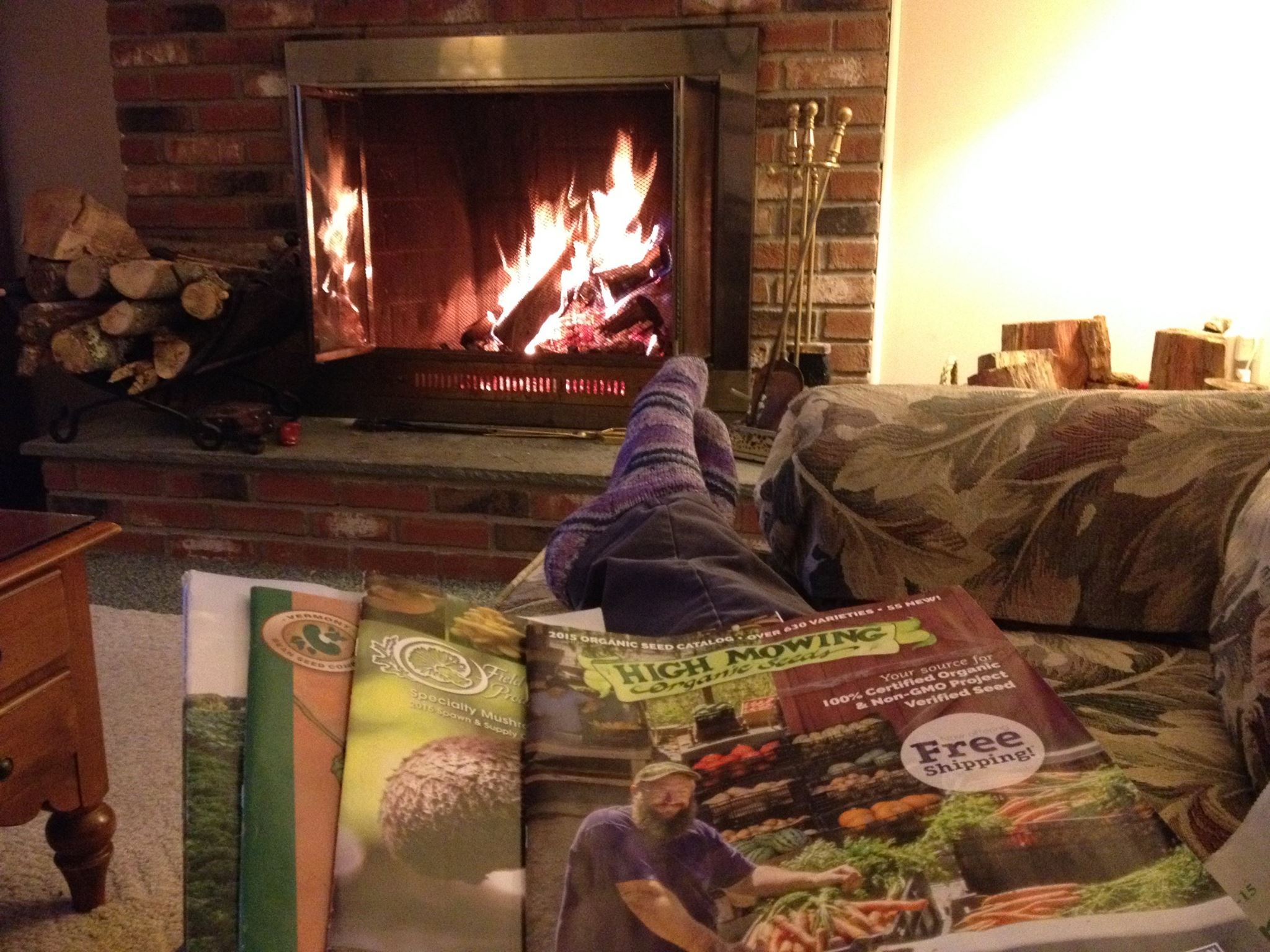Courtesy of Roxanne C., Philadelphia PA
Beginning urban farmers eager to demonstrate their commitment to sustainability include rainwater harvesting in their startup plans. Once they start implementing, they usually find that what sounds good in theory doesn’t work well in practice.
The first downside is the expense in gear – pipes, tanks, fittings. Second is the quality of the water, which is run-off from the roofs of nearby buildings and paved surfaces. Since this can contain bird droppings and contaminants, testing, filtration and treatment of the water is required. Then, because the water collected sits and becomes stagnant, further treatment is required for algae and mosquitoes. After all the effort and expense they’ve built themselves a water source that’s unpredictable and barely amounts to a drop in the bucket.
Over the years, cities have built elaborate systems to deliver potable water whenever it’s needed. Those farmers who, through necessity or strategy, are starting their businesses surrounded by concrete, should consider access to municipal water an advantage and not try and re-invent the wheel.
LEARN OTHER WAYS THAT WORK BETTER THAN CONVENTIONAL FARMING PRACTICES IN THE SPIN ONLINE SUPPORT GROUP. FREE TRIAL MEMBERSHIP WHEN YOU PURCHASE ANY SPIN GUIDE.

